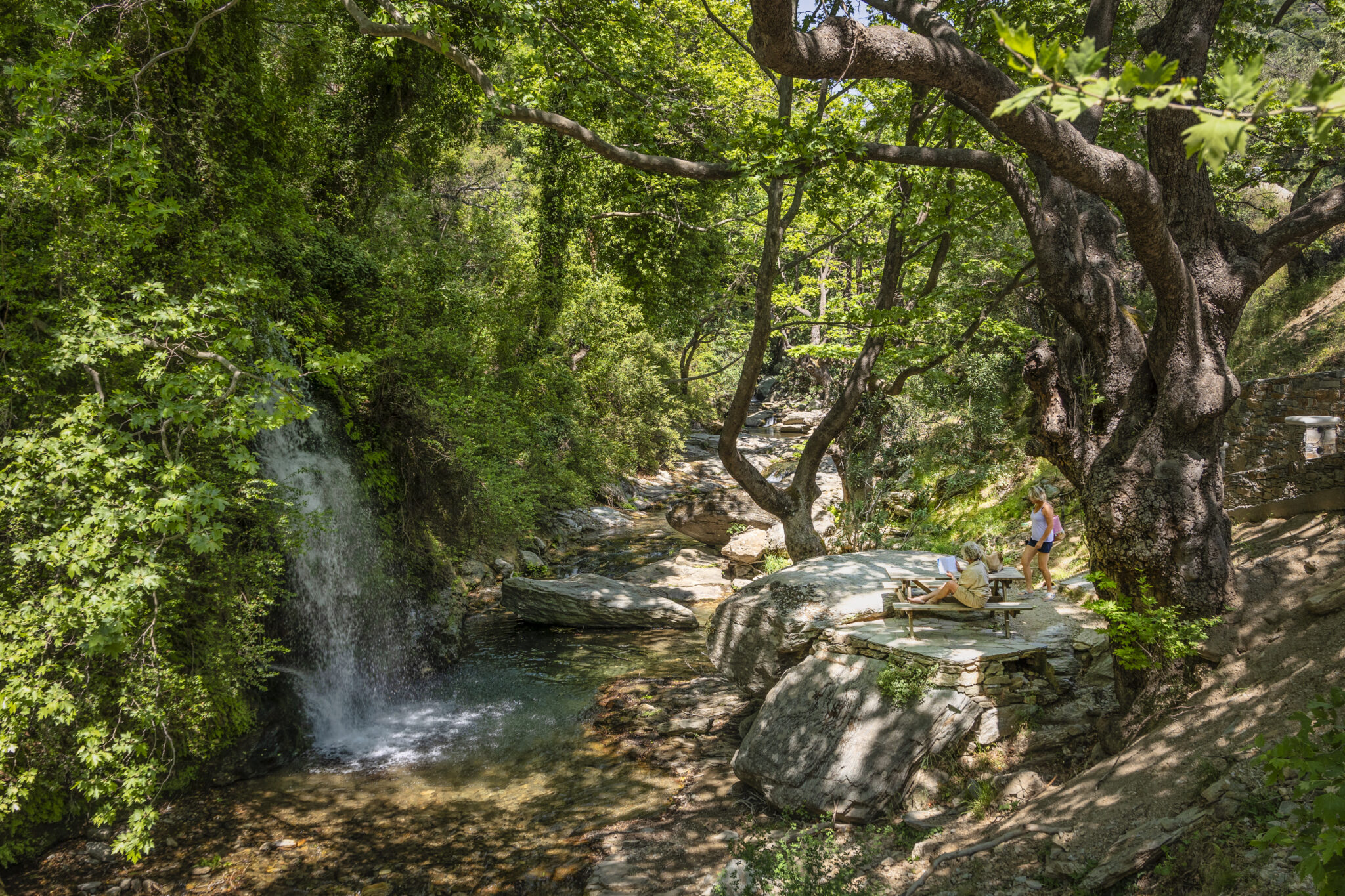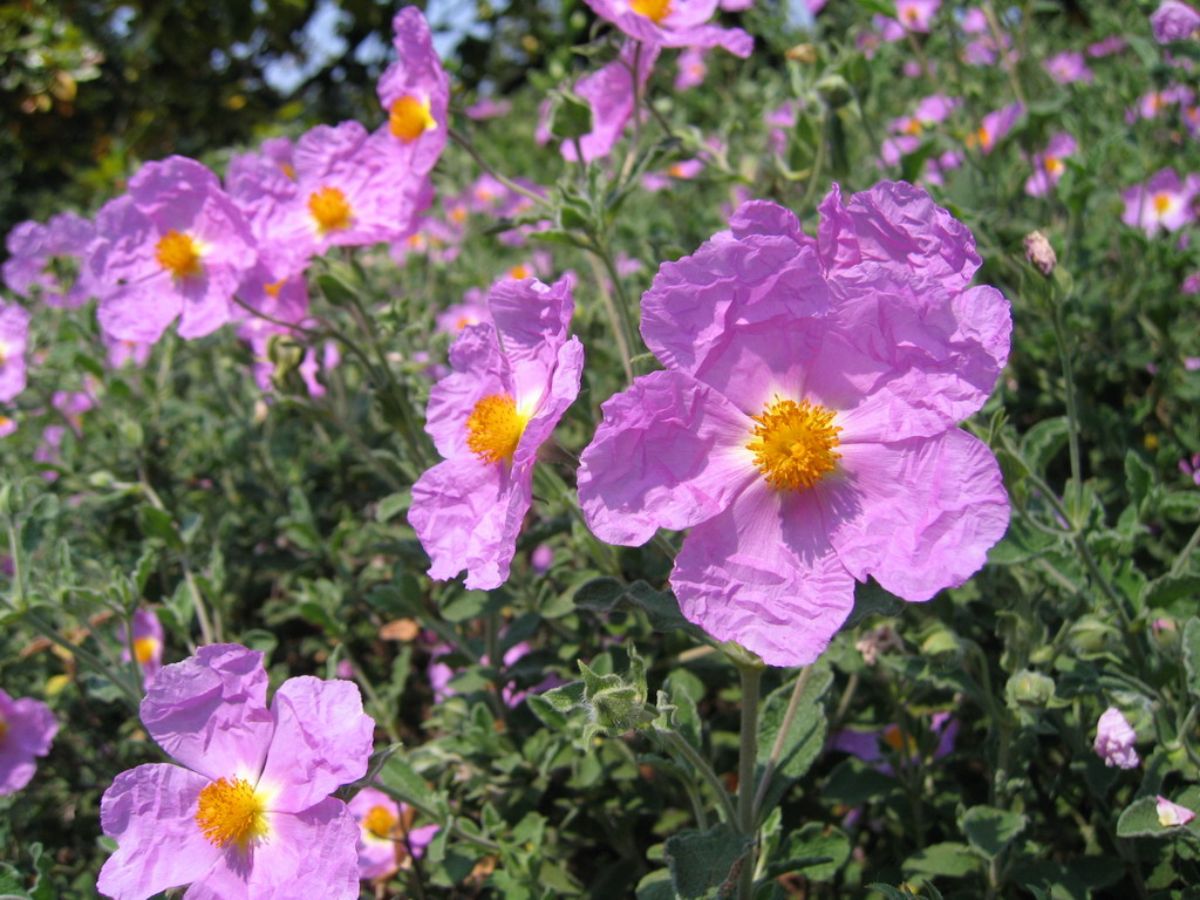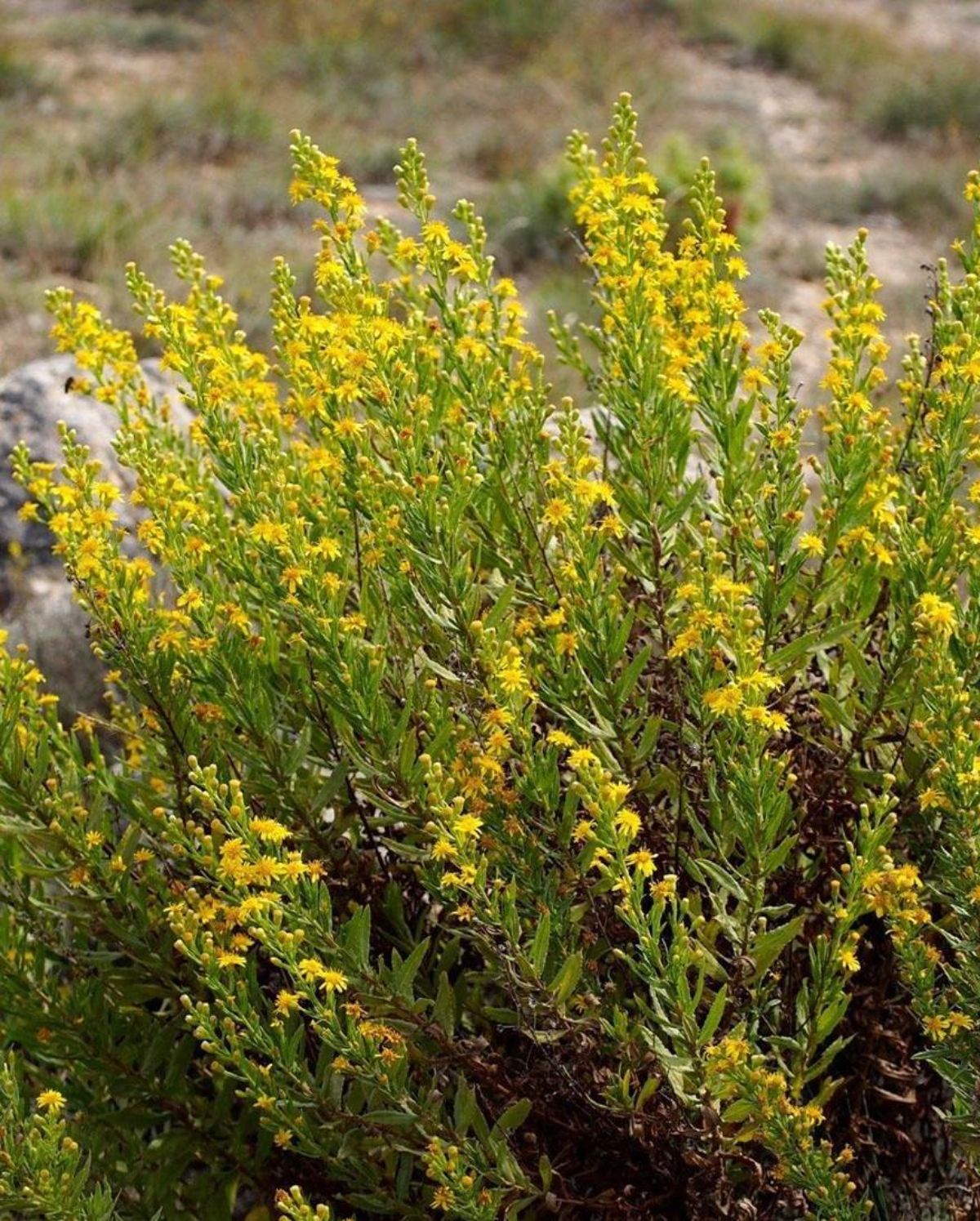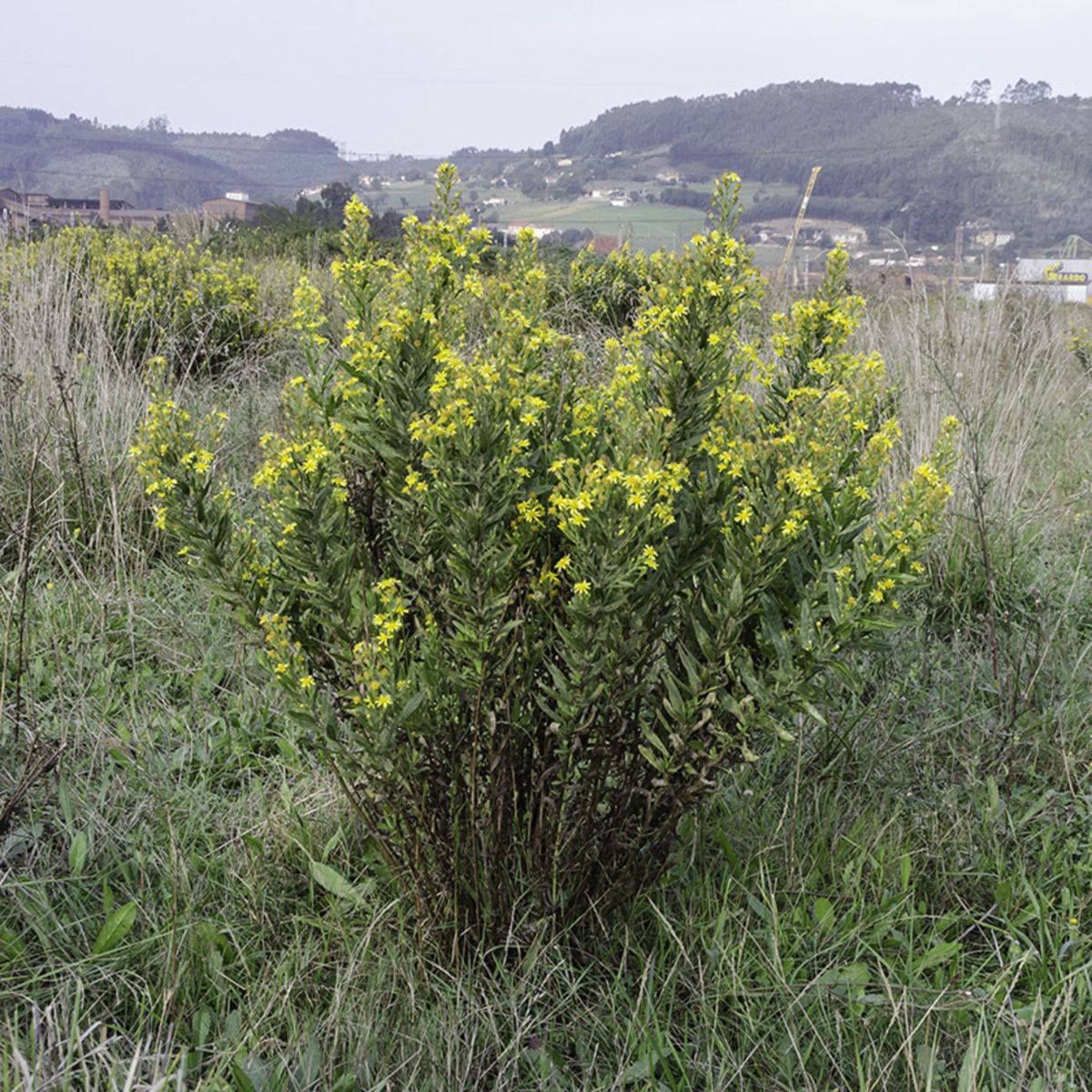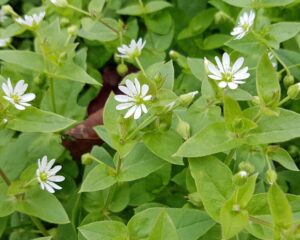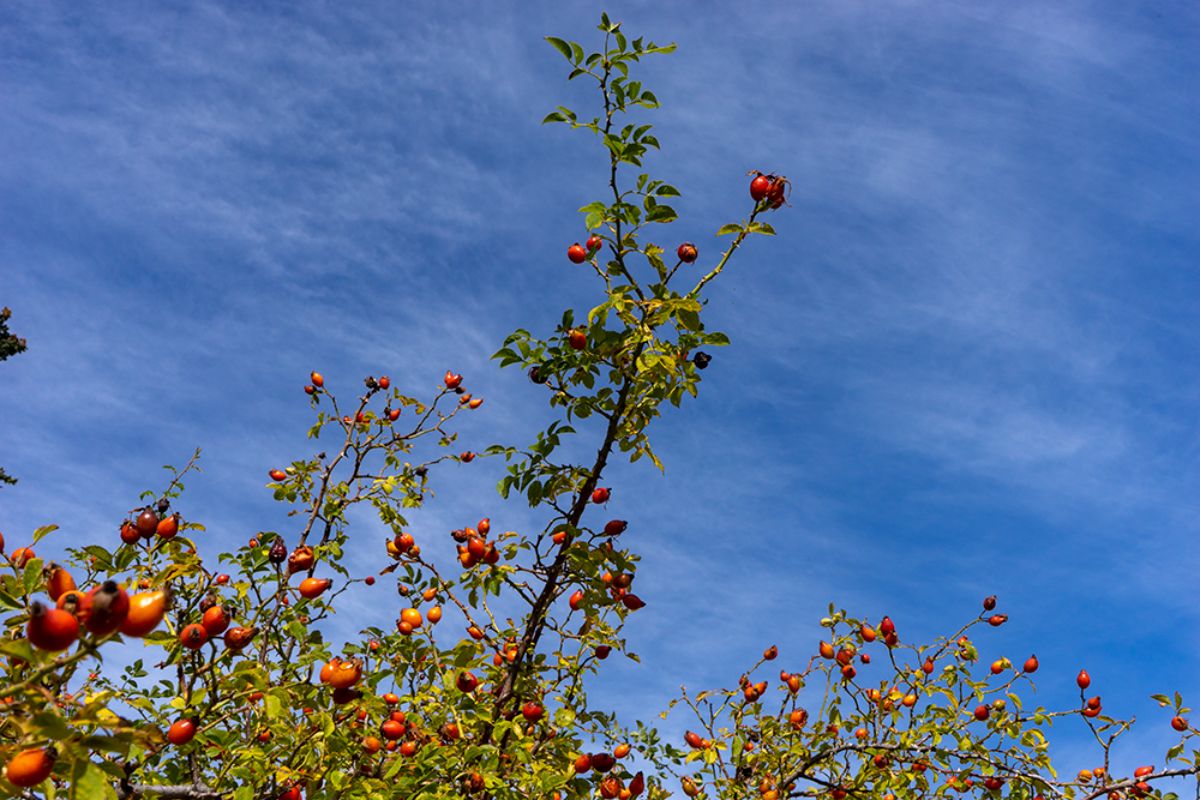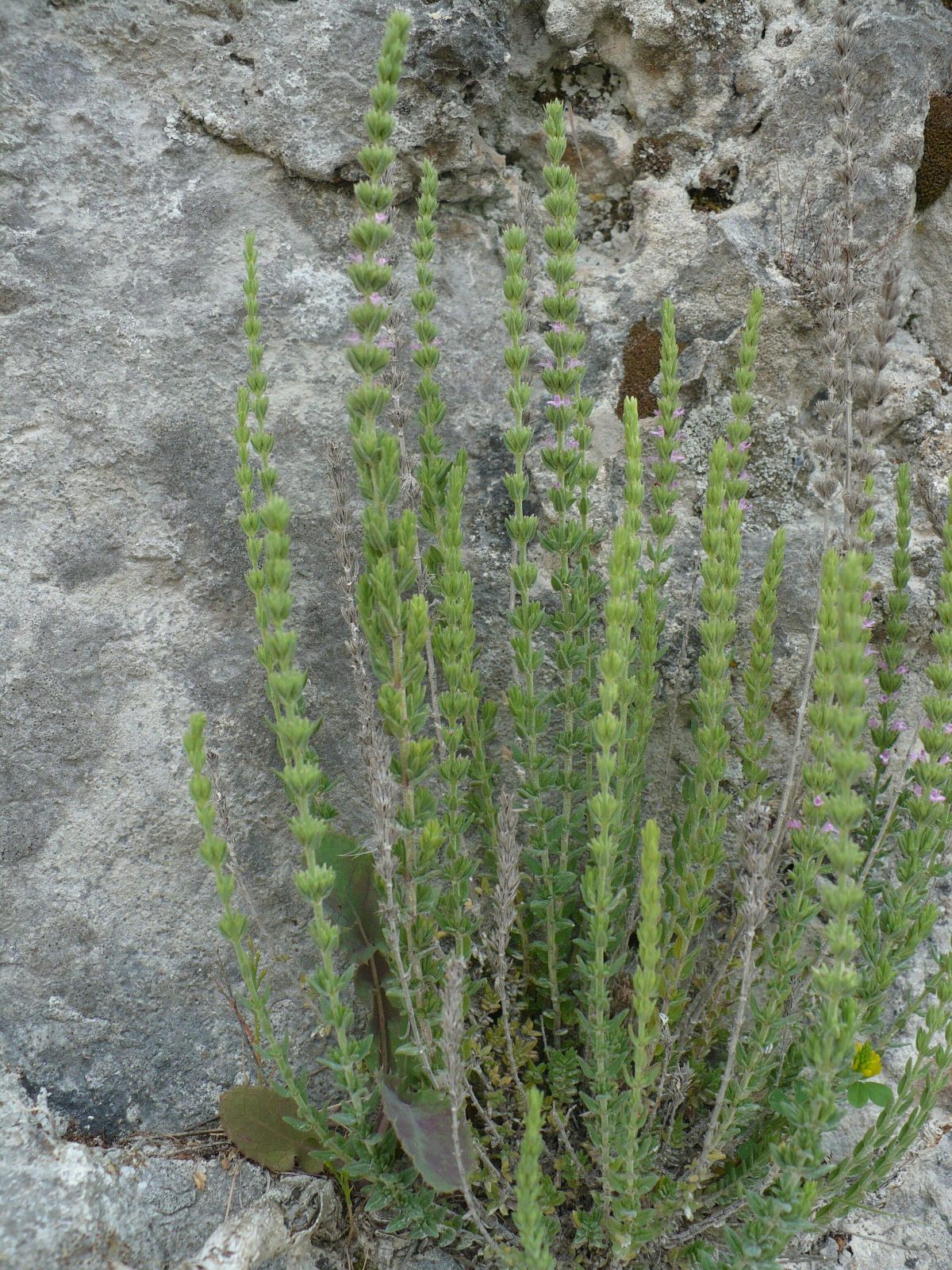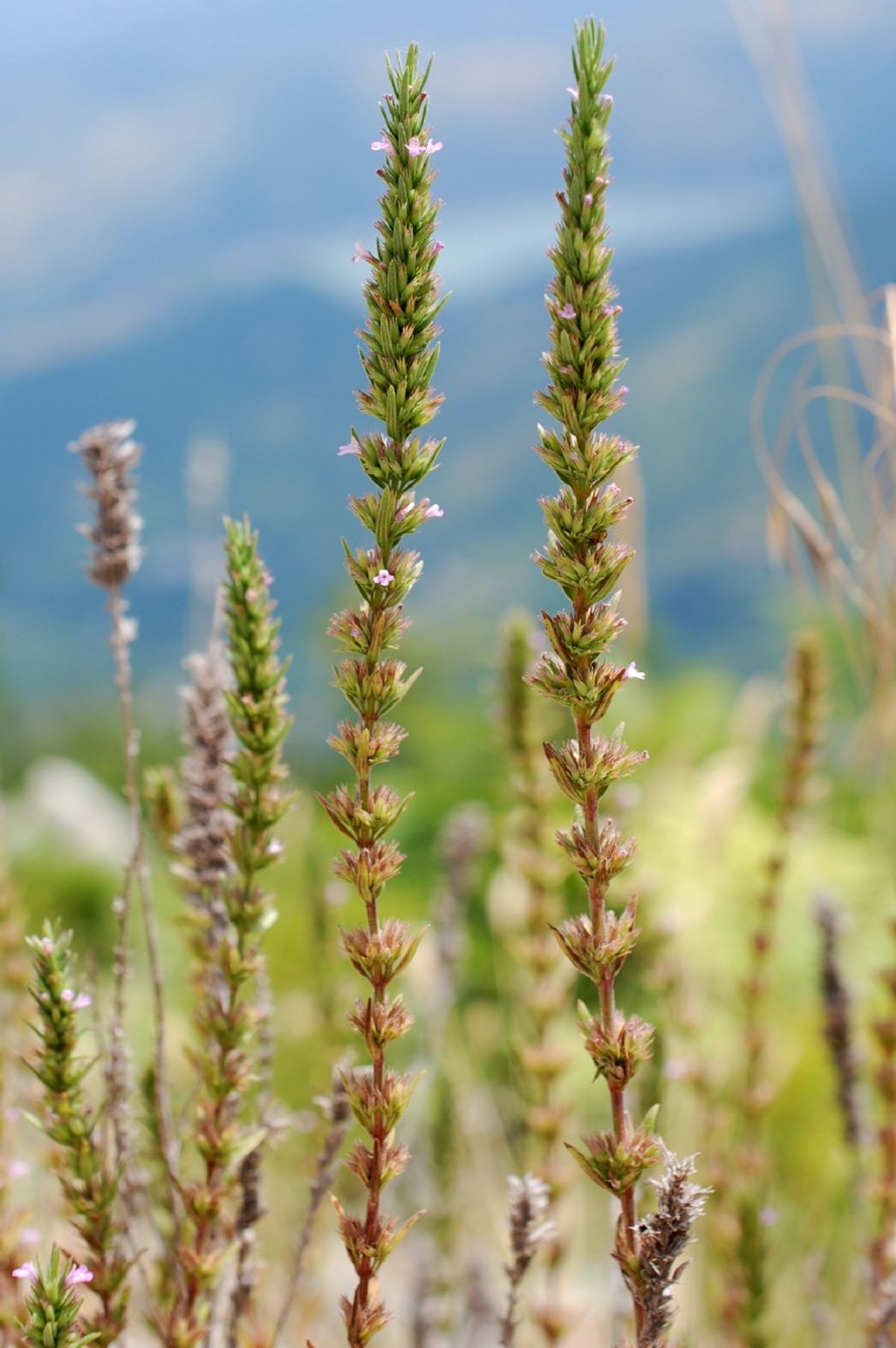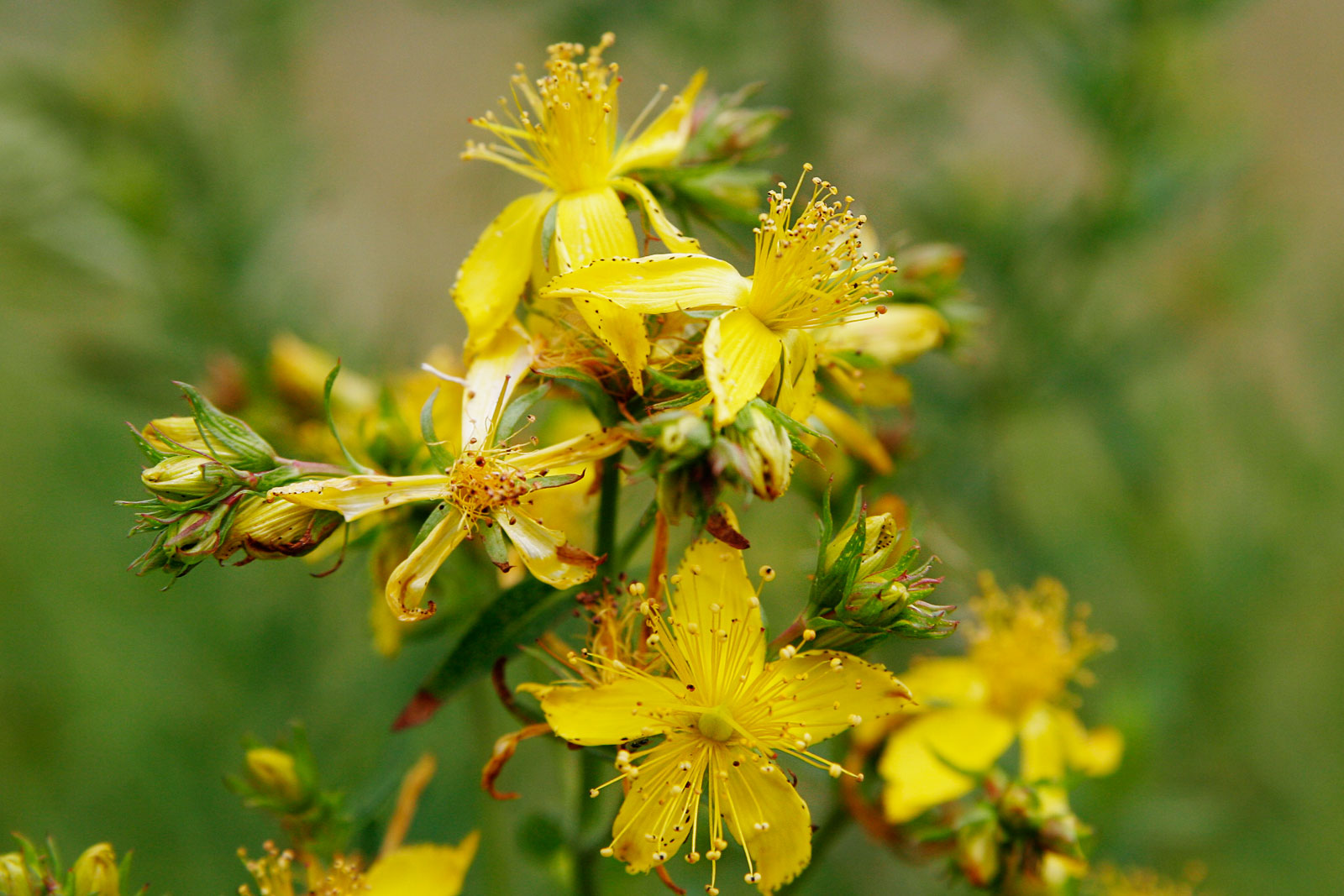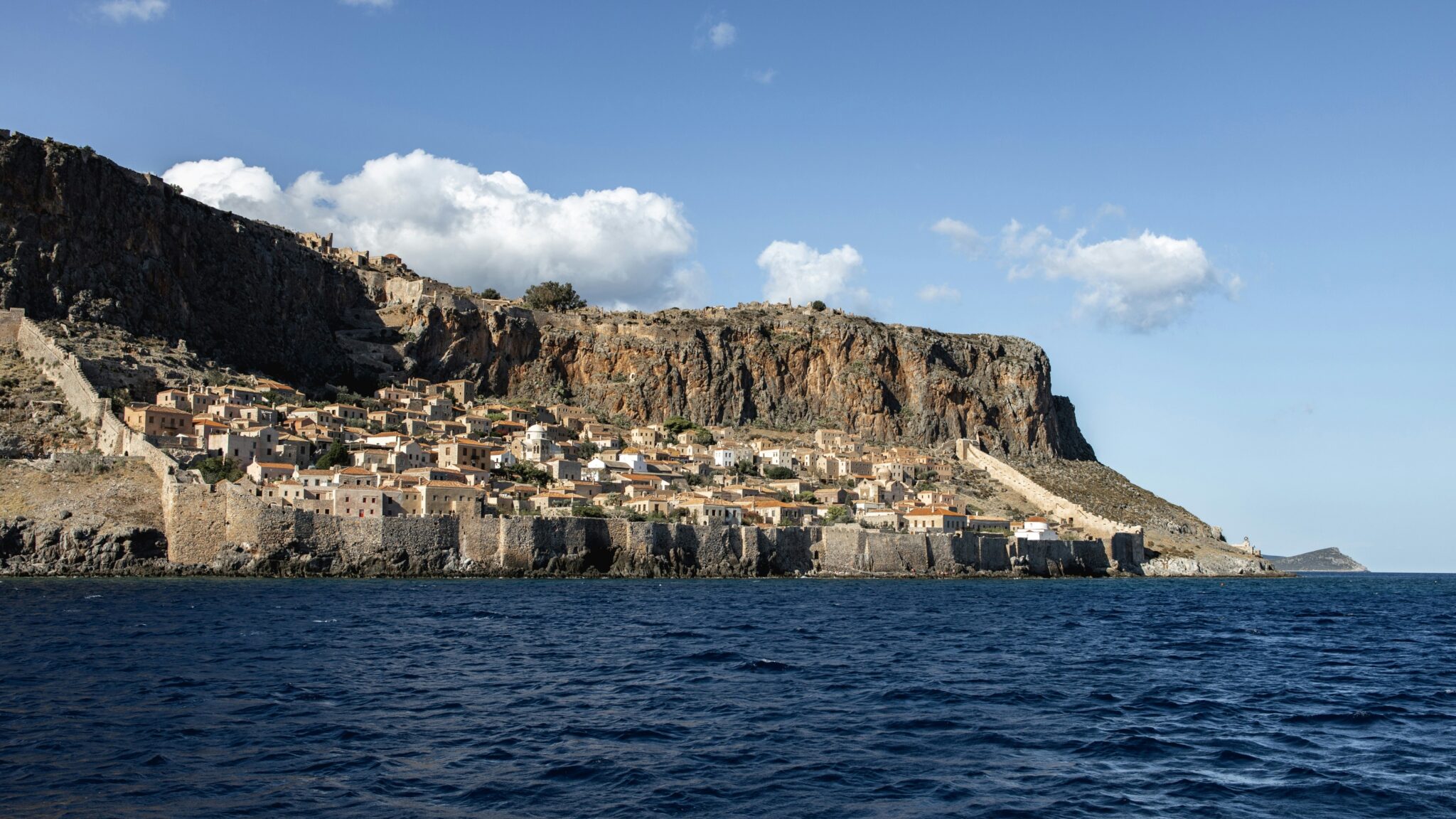Evia is the second-largest island in Greece and the sixth-largest in the Mediterranean Sea. Its name was given by Homer because of the fertile soil on the island, which is also ideal for livestock. Evia is famed for its contrasting and varied landscapes and coastlines and is thought to have been inhabited since Palaeolithic times. Maria Skarli, a practicing botanist-aromatherapist and a native of Evia, describes the
island as a “small Greece” because it combines so many different elements seen around the country. Cycladic-style beaches, rocks reminiscent of Meteora, mountains with waters like those in Northern Greece, small valleys and steep cliffs like those found in Crete and around the Aegean Sea. And finally, the varying microclimates that different types of herbs grow in.
Cistus, the Plant that Caused the Gods to Argue
The first herb we’ll focus on is Cistus (Cistus Incanus and Kistos in modern Greek). When it comes to ailments of the human body, it is the first herb Maria turns to treat a range of conditions, because it can act on so many different systems. The herb is high in polyphenols, which in a sense, gives it the ability to transform itself – depending on the herb it’s combined with – thus intensifying in its action. For example, as Maria explains, if she wants extra vitamins, she combines it with dog rose (Rosa Canina); for a stomach or liver ailment, with dandelion (Taraxacum officinale), and for the lungs she mixes it with false yellowhead (Inula Viscosa or Dittrichia viscosa). It is also excellent for external use.
At “Valsamo”, the workshop in Halkida that she shares with her partner Eleftheria Pashalidi, also a botanist, Cistus is the “reigning” plant. High in resins, it is thought to be one of 57 aromatic oils that comprise Holy Myrrh. Cistus’ resins also ideal for burning, and it can be smoked, like propolis, to clear the lungs, but non-smokers can simply inhale the smoke of burning resin or the steam of boiled Cistus leaves for a milder experience. Mary adds that Cistus has powerful spiritual properties, offering protection. From a more holistic view, it can be said to have both masculine and feminine energy and, according to a relevant myth, when the Olympian gods held a council to decide which plants were medicinal and which were ornamental, they argued over Cistus. The goddesses contended that due to its delicate pink blossoms and delightful fragrance, its properties should be “feminine”, while the gods, noting its strong branches and high resinous leaves, maintained it should be a therapeutic plant that heals the wounds of warriors. And so, Zeus decided to give Cistus both cosmetic and healing properties.
Yellowhead, the Sweet Smelling Parasite-Killer
The second herb we’ll discuss is False Yellowhead (Dittrichia viscosa, Dittrichia in modern Greek), or as Maria describes it, “the summer fragrance of Greece”, which can be found growing everywhere. It belongs to the family of the more famous and better studied species Inula Officinalis or Elecampane, a staple plant in herbal medicine, which is rarer and grows at higher altitudes. False Yellowhead has a wide range of beneficial properties for the lungs, stomach and intestines. As a tincture or tea, it helps alleviate gastroenteritis and ulcers and is an anthelmintic herb, that is, it kills or repels parasites from the digestive system. It is also a very powerful antiseptic. Traditionally, sprigs of false yellowhead are placed in sacks of flour to preserve it. It is even used in chicken coops to ward off lice and is wonderful for protecting plants by being sprayed.
Stellaria Viscosa, for Iron Power
Another herb worth mentioning is Stellaria Viscosa, which has six times more iron than spinach. It grows in spring, is a harmless and edible plant and makes for a beneficial tincture. It is thought to do wonders for gynaecological issues, eradicating cysts and gently regulating hormones. For promoting the maximum absorption of iron, Maria says, a powerful and effective combination would be to mix Stellaria with nettle (Urtica) and horsetail (Equisetum arvense), which contains silica. It is also traditionally used as an ointment in various European countries, for treating insect bites. Maria combines it, in her own recipe, with yarrow, ribwort plantain and lavender essential oil.
Dog Rose for the Heart
Another much-discussed plant belonging to the pantheon of herbs is the dog rose (Rosa canina), which some describe as the herb that connects us to our heart. Its flowers are used in spring for tea, and Maria makes tea to which she adds any aromatic roses suitable for tea, with the most famous being Rosa centifolia and Rosa damascene, with dry rose petals from the common rose and a thin orange peel. Dog rose’s red fruits are a powerful multivitamin containing triple the amount of Vitamin C of an orange. The ideal way to ingest this and reap the benefits is by breaking 12 dried fruits into a cup of water, and leaving it to sit at room temperature for 8-12 hours, since boiling the fruits for tea would result in a loss of a great amount of vitamin C. This tea will provide you with selenium, magnesium, manganese, folic acid, and vitamin D. Dog rose is often administered this way for kidney diseases.
Kiparissaki for an ‘Open’ Spirit
Kiparissaki (Micromeria Juliana) which belongs to the mint family, even if it doesn’t look, taste (which is closer to the sweetness of hyssop) or smell like it, is another important herb of Evia. Its leaves and flowers are collected in summer, and despite being fragrant, sweet, and mild, an excellent herb to enjoy during winter, it is not very well known. It cleanses the kidneys, opens the spirit, and invigorates the body. It goes really well, in a winter morning tea blend, with cistus and dog rose as a protective potion for the immune system and a stimulant, a perfect replacement for coffee.
Valsamo for Sunshine Immunity
Finally, St. John’s wort (Hypericum perforatum or Valsamo in modern Greek), the “herb of the sun”, can’t miss from this list. It’s harvested in June, usually during the summer solstice, and is ideal to drink in winter, as it provides us with summer sunshine on all levels, Maria says. It has antidepressant properties, helps protect the immune system and has cleansing and antiviral properties. There are various ways of making St. John’s wort oil. Some people prefer to place it in a shady place, believing that this will prevent the olive oil, in which the fresh herb is placed, from going “rancid” but Maria advocates for the traditional route, in which the blend is in direct contact with the light and warmth of the sun, even if only for a few hours, for it to release the maximum of its chemical properties, with the strong substances extracted in the oil changing their composition. An experiment was conducted at the workshop, in which two bottles containing the same amount of olive oil and the same amount of St. John’s wort picked at the same time, were left in the sun for different amounts of time – one blend for 40 days, and the other for 3 months. A lab analysis of the results showed that in the blend left in the sun, there was a small reduction in the olive oil’s vitamins, which wasn’t of consequence as the aim was to extract the active substances from the St. John’s wort.
Read also:
Trekking at Steni, central Evia, features impressive forestland
Road trip in northern Evia, the Greek destination that is about to make a strong comeback



